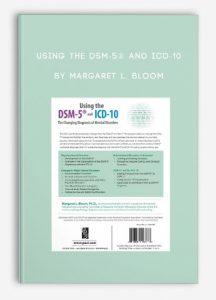 Using the DSM-5® and ICD-10: The Changing Diagnosis of Mental Disorders by Margaret L. Bloom
Using the DSM-5® and ICD-10: The Changing Diagnosis of Mental Disorders by Margaret L. Bloom
**More information:
Sale Page
Archive Page
Get Using the DSM-5® and ICD-10: The Changing Diagnosis of Mental Disorders by Margaret L. Bloom at
Description
Finally! Resources that will help you navigate the changing diagnosis of mental disorders.
- How to switch easily to the ICD-10 codes for mental disorders
- Update on major changes in diagnosis of childhood and adolescent disorders
- Reporting DSM-5® diagnoses now that Axis I and the Global Assessment of Functioning (GAF) score are gone
- Important neuroscience discoveries that shape DSM-5® diagnoses
The DSM-5® manual, released in May 2013, requires substantial changes in the classification and diagnosis of mental disorders. These changes reflect the explosion of new information in psychopathology, neuroscience, and treatment over the past 15 years plus the need for a stronger link to the International Classification of Diseases (ICD).
This information-packed recording specifically emphasizes changes from the DSM-IV® to DSM-5®. You will walk through the DSM-5® manual and highlight the revisions, new diagnoses, and new specifiers that are most relevant to your daily practice. Information about the ICD-10, designated to be HIPAA’s official code book for mental disorders in 2015 will also be integrated throughout. Case examples and case studies will help you transition from making DSM-IV® multi-axial diagnoses (Axis I-V) to effective diagnosis with the DSM-5® and ICD-10 coding systems without axis.
Organization & Structure
Development of the DSM-5®
- Rationale for a new version
- Work group goals for improving the DSM®
- Summary of the areas of controversy
Changes in the Organization of the DSM-5®
- New Definition of Mental Disorder
- Eliminating the axis
- Life-Span approach in all mental disorders
- Mental disorders as dimensional and categorical
- Don’t forget the Appendix!
Alignment with the ICD-10
- ICD-10 Codes for Mental Disorders
- How clinicians use the ICD-10
Changes in Major Mental Disorders
Neurocognitive Disorders
- Major Neurocognitive Disorder
- What happened to Dementia?
- Alzheimer’s Disorder
- Mild Neurocognitive Disorder
- Mild Traumatic Brain Injury
Neurodevelopmental Disorders
- Autism Spectrum Disorder
- Only disorder with tightened criteria
- What happened to Asperger’s?
- Social Communication Disorder
- The ever-changing ADHD
- Intellectual Development Disorder
The Schizophrenia Spectrum and Other Psychotic Disorders
- Schizophrenia
- What happened to the subtypes?
- Delinking catatonia
- Revised Schizoaffective Disorder
- Schizophrenia video case and discussion
Two Mood Disorders Categories
- Depressive Disorders
- Removal of the bereavement criteria
- Changes to criteria
- Bipolar and related disorders
- Disruptive Mood Deregulation Disorder
- Clarifying Bipolar I and II
- Video clips of mood symptoms and discussion
Three Anxiety Related Categories
- Anxiety Disorders: What is left?
- Obsessive-Compulsive and related disorders
- Hoarding Disorder
- Trauma and Stress related disorders
- Posttraumatic Stress Disorder changes
- Adjustment disorders
- Client Case Activity: GAD and PTSD
Substance Use and Addictive Disorders
- Dropping abuse and dependence
- Changes for various substance use disorders
- Gambling addiction
- Prescription drugs and addiction
Reformulated Disorders of Behavior
Feeding and Eating Disorders
- New Binge Eating Disorder
- New Avoidant/Restrictive Food Intake Disorder
- Changes to Anorexia and Bulimia Nervosa
- Feeding disorders across the life-span
Disruptive, Impulse Control, and Conduct Disorders
- Oppositional Defiant Disorder
- Conduct Disorder
- Intermittent Explosive Disorder
DSM-5® and the ICD-10
Coding Protocol from the DSM-IV® to DSM-5®
Using the ICD-10 Classification
Case Study of conversion from a DSM-IV® diagnosis
More information about Medical:
Medicine is the science and practice of establishing the diagnosis, prognosis, treatment, and prevention of disease.
Medicine encompasses a variety of health care practices evolved to maintain and restore health by the prevention and treatment of illness.
Contemporary medicine applies biomedical sciences, biomedical research, genetics, and medical technology to diagnose, treat, and prevent injury and disease,
typically through pharmaceuticals or surgery, but also through therapies as diverse as psychotherapy, external splints and traction, medical devices, biologics, and ionizing radiation, amongst others.
Medicine has been around for thousands of years, during most of which it was an art (an area of skill and knowledge) frequently having connections to the religious and
philosophical beliefs of local culture. For example, a medicine man would apply herbs and say prayers for healing, or an ancient philosopher and physician would apply bloodletting according to the theories of humorism.
In recent centuries, since the advent of modern science, most medicine has become a combination of art and science (both basic and applied, under the umbrella of medical science).
While stitching technique for sutures is an art learned through practice, the knowledge of what happens at the cellular and molecular level in the tissues being stitched arises through science.


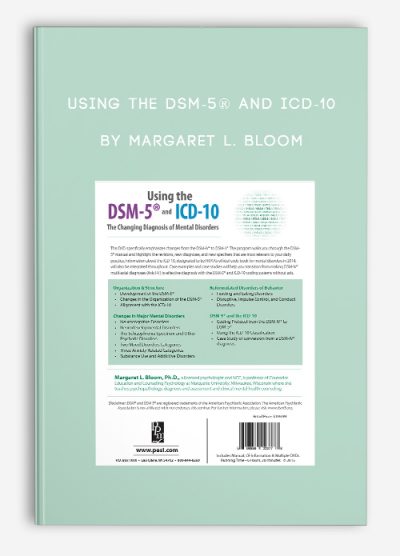


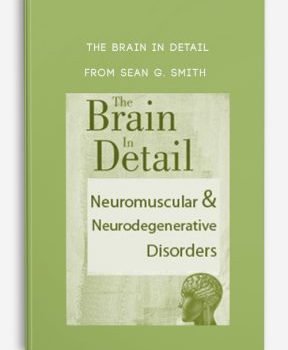
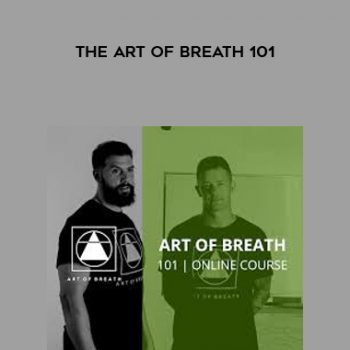


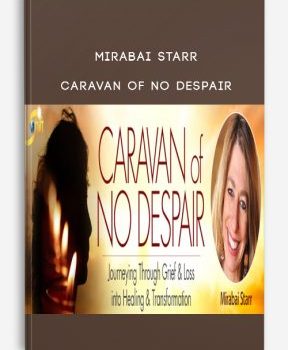



tristian –
This is Digital Download service, the course is available at Coursecui.com and Email download delivery.